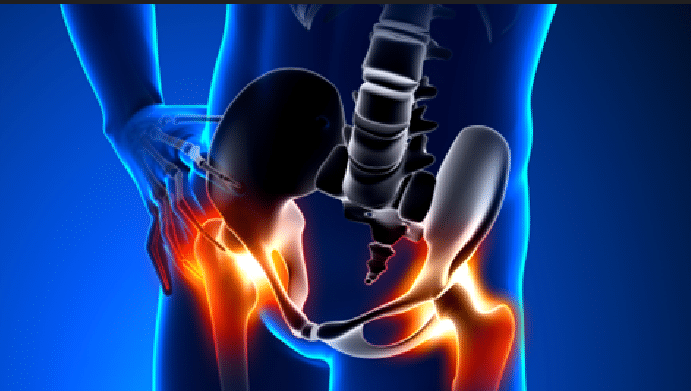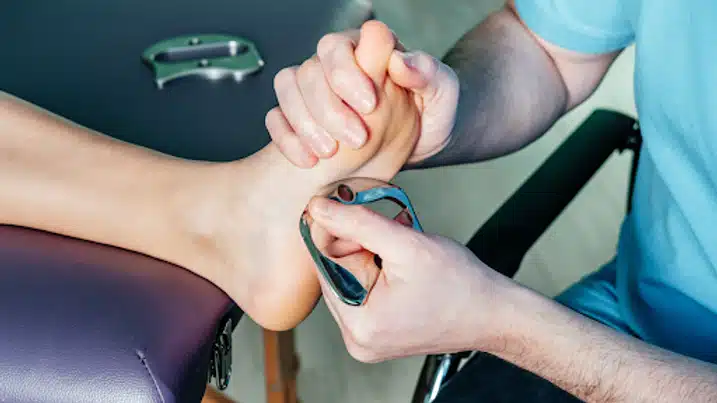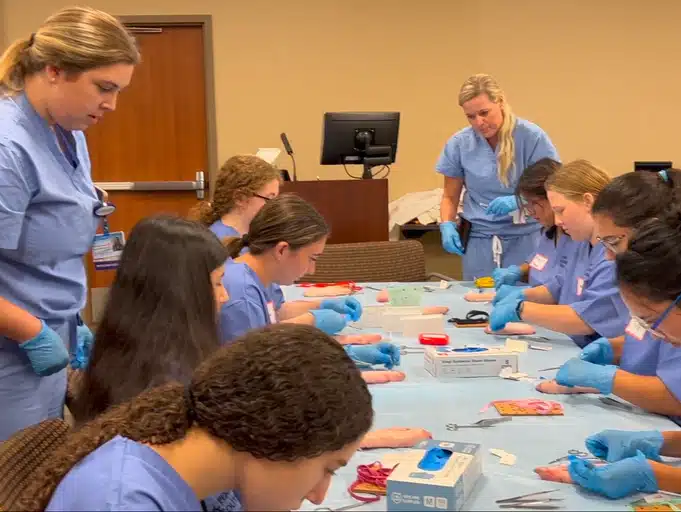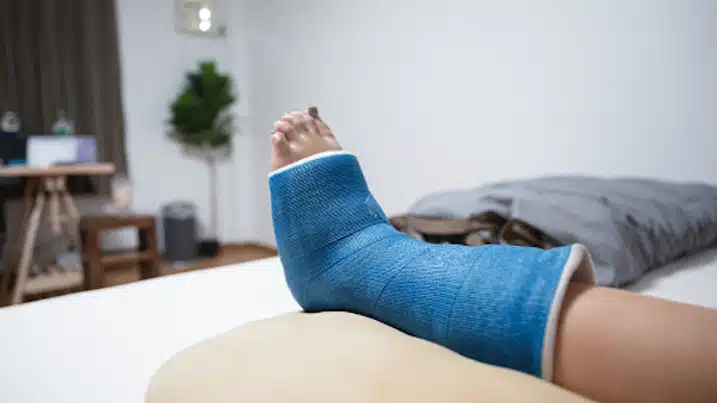Are you experiencing pain in your hips? You may suffer from Trochanteric Bursitis, a common type of chronic hip pain. Bursitis is when your bursa, the fluid-filled sacs around your body that cushion the areas between bones and muscles, skin, and tendons, become inflamed. Your hip has two bursas—an inner and an outer, known as the greater trochanter. When the greater trochanter becomes inflamed, you, unfortunately, have Trochanteric Bursitis.
Though hip pain is extremely common, most people are unaware of the symptoms of Trochanteric Bursitis and how to treat it once they have it. Today, we’ll answer some of the most asked questions about Trochanteric Bursitis so that you know what to do the next time you’re experiencing hip pain.
1. What is the cause of Trochanteric Bursitis?
Essentially, trochanteric bursitis occurs with the overuse of the hip. Exercising without proper form, like running, walking, or cycling can cause trochanteric bursitis. Other causes include:
Gout/Arthritis
Muscle Tears
Hip Surgery
Poor Posture
2. What are the symptoms of Trochanteric Bursitis?
There are a variety of symptoms you may experience with trochanteric bursitis, including:
Aches at the outside of your hip
Pain moving your hip, particularly going down the stairs
Swollen or red affected area
Pain in your upper leg
Fever (in extreme cases)
3. How can I diagnose Trochanteric Bursitis?
You can usually diagnose trochanteric bursitis by yourself, but in extreme cases, you should visit a doctor to help diagnose your pain. Worst case scenario, your hip pain is more severe than your doctor can examine and treat. You may need an x-ray, ultrasound, or MRI to rule out other conditions. Trochanteric bursitis will not show up on an x-ray, which is an excellent way to eliminate other diagnoses. Your doctor may also inject the hip bursa with an anesthetic—if the pain immediately goes away, you likely have trochanteric bursitis.
Most treatments can be done at home, such as:
Applying ice to decrease swelling and inflammation
Anti-inflammatory medication like ibuprofen
Physical Therapy
General rest from intense exercise and physical activity
In more severe cases that require a doctor’s visit, you may need the following:
A cortisone shot
Low-energy shock wave theory at the affected area
Surgery to remove the bursa if it is too damaged to heal
5. How can I prevent getting Trochanteric Bursitis in the future?
Since most people get trochanteric bursitis from overuse, it’s essential to do all you can to prevent yourself from getting it in the first place. Some of the best tips are:
Gradually increase your exercise level
Lose weight
Do exercises that can strengthen and add flexibility to your hip muscles
Wear proper fitting shoes or add orthotics or shoe inserts in your shoes
Use a cane or walking stick when needed
Maintain good posture
Florida Joint Care has provided quality healthcare to the Trinity, Florida, area for over ten years. Our mission is to provide exceptional orthopedic care to our community efficiently and compassionately. We provide various services, so you can always get the care you need. Visit our website to learn more or call us at 727-372-6637 to schedule an appointment today.
Sources:
https://my.clevelandclinic.org/health/diseases/4964-trochanteric-bursitis
https://www.webmd.com/pain-management/trochanteric-bursitis
https://www.mayoclinic.org/diseases-conditions/bursitis/symptoms-causes/syc-20353242
https://www.ucsfhealth.org/conditions/trochanteric-bursitis/treatment







